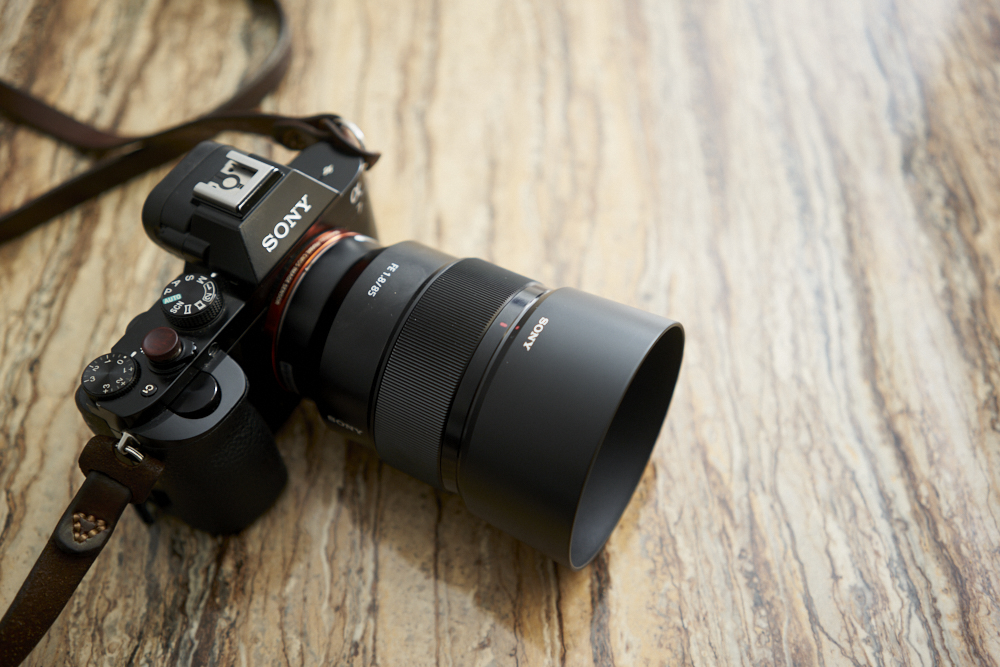

Without much weight to carry around, that makes these lenses perfect all-around lenses for everyday shooting.Ī 35mm lens also has the advantage of being familiar. These lenses tend to have a small form factor, so they're easy to use, and though higher-end models can be a little heavy, they are nowhere near as bulky and heavy as a big zoom lens. So, rather than getting stuck in a rut photographing the same thing over and over, a 35mm lens lets you cut loose and try all manner and type of photography. Like the 50mm lens discussed below, 35mm lenses are incredibly versatile and allow you to photograph virtually any subject.

One of the top reasons why you need a 35mm lens is that perhaps more than any other prime lens, a 35mm helps you be much more creative. See a 24mm lens in action in the video above by Christopher Frost Photography. That versatility is just one of the reasons why you need a 24mm lens. The wide-angle view of a 24mm lens is also advantageous for other photography pursuits, including architecture, wedding and event photography, street photography, and even group portraits. That's advantageous for photographing landscapes at dawn or dusk, and even for astrophotography as well. Since they have large maximum apertures, their low-light performance is on point. That translates to clearer, sharper images from corner to corner, so you can see the beauty of the landscape in gorgeous detail.īut 24mm lenses aren't just for photographing landscapes during the day. Prime lenses typically have great glass and have fewer elements in the lens barrel than a zoom lens. Not only do these lenses give you a wide-angle view of the landscape, thus allowing you to capture more of the scene in your shot, but they have top-notch optics, too. If you shoot a lot of landscapes, a 24mm prime lens is an excellent choice. Here's a quick guide to four primes lenses you should own. Prime lenses are an excellent choice for many reasons, not the least of which is that they offer excellent sharpness and low-light performance. There is a great article about Nikon 50mm 1.8 lens, on our website, which is first auto-focus lens by Nikon. The problem, of course, is figuring out what lens to buy for your camera. There are more lenses - and more good lenses available today than ever before. Matt took a photo with each of the lenses attached to a Nikon D850.If you're in the market for a new camera lens, you're in luck. I don’t think that should happen with a brand new lens, so my guess is that this particular lens is defective.


The Lensbaby wouldn’t go further from f/2.8, so it was the only lens he used at f/2.8. He shot all of the images at f/4, or at least that was the plan.
#85MM LENS PHOTOGRAPHY SERIES#
Tamron, Sigma and Nikon are AF lenses.įor the first series of test shots, Matt took photos indoors and set up a stripbox on the left and a softbox on the right.
#85MM LENS PHOTOGRAPHY MANUAL#
It’s interesting that the three cheapest lenses are manual focus, but so is the most expensive one from Zeiss.


 0 kommentar(er)
0 kommentar(er)
